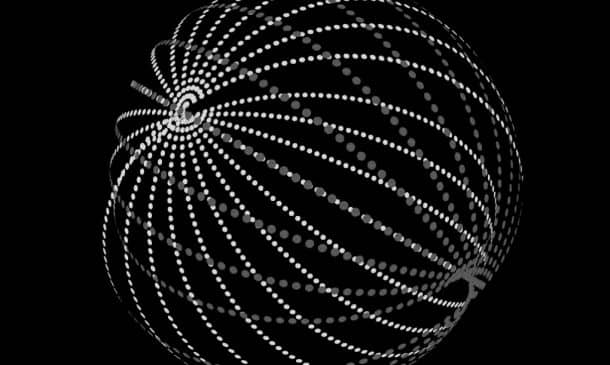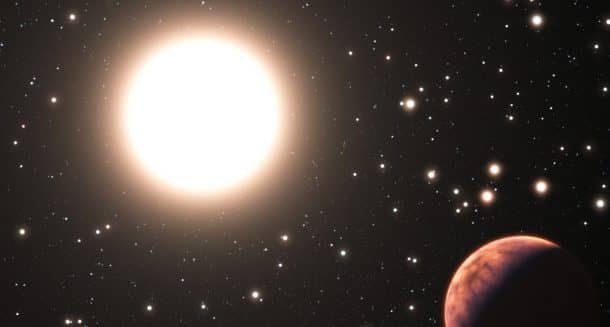A star more than 94 light years away from Earth has sent out a strong radio signal, sparking a debate about the alien megastructures. Quite a few international astronomers are working on the source of the signal, a star named HD164595.
This mysterious signal was picked up by a Russian telescope and is now being treated as ‘a very likely candidate for SETI.’ The HD 164595 is located in constellation Hercules and is often referred to as the ‘Warm Neptune.’
Paul Gilster of the Tau Zero Foundation said the strength of signal indicates that it came from a very advanced civilisation, probably a Type II on the Kardashev scale. Claudio Maccone, the Italian astronomer, described the scale as:
“The Kardashev scale is based basically on the energy that that civilization might be able to funnel for its own use.”
Human beings are currently near the Type I, harnessing all the energy from the planet including from the sources like the wind the earthquakes. The scientists have already put forth the suggestion that a giant megastructure might have been used to transmit the signal of such strength.

The suggested alien megastructure could harness billions of watts of energy from its star, possibly using an infrastructure like the Dyson Swarm.
Currently, the SETI Institute is observing the star, HD 164595, via their Allen Telescope Array. The research team hopes to observe the same signals as the ones recorded by the Russian telescope, thus establishing an intelligent behaviour.

Seth Shostak, a senior astronomer said:
“We have not yet covered the full range of frequencies in which the signal could be located. This star system is so far away they won’t have yet picked up on any TV or radar that would tell them that we’re here.”
Whether it is aliens or something else, we just hope that the source of these signals is discovered. Ultimately, nothing can be more intriguing yet frustrating than an unsolved mystery.


